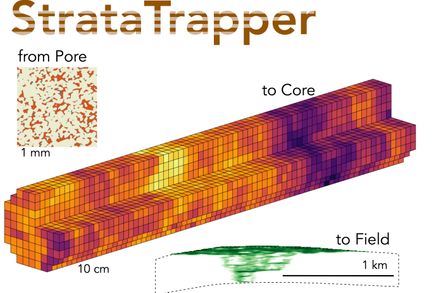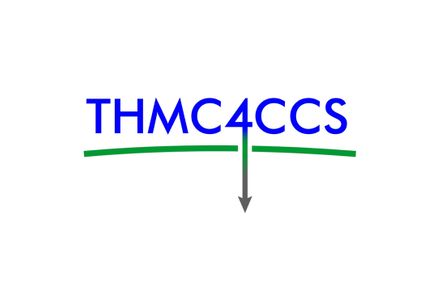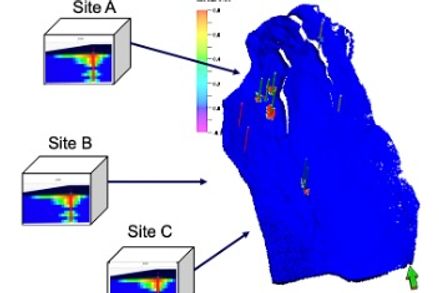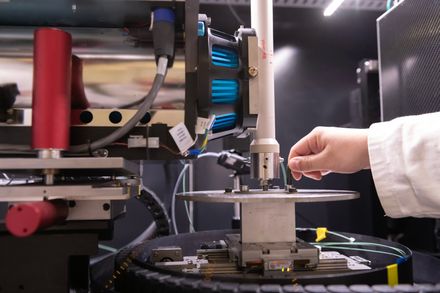BibTex format
@article{Reynolds:2017:osf.io/vwahr,
author = {Reynolds, C and Blunt, M and Krevor, S},
doi = {osf.io/vwahr},
title = {Multiphase flow characteristics of heterogeneous rocks from CO2 storage reservoirs in the United Kingdom},
url = {http://dx.doi.org/10.31223/osf.io/vwahr},
year = {2017}
}





